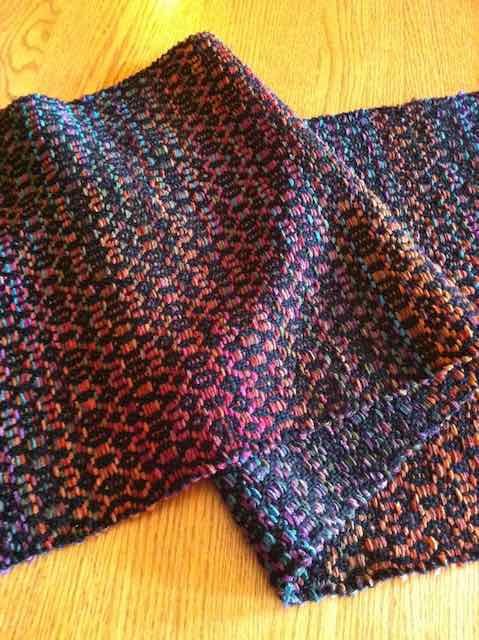My personal view of Diversity

I used to be diverse.
As a Jewish kid going through school in the non-Jewish suburbs of DC, working in Illinois State government, and for 15 years on the railroad, I was often the only Jew in the room. For 20 years in consulting, I was the only non-technical person in a room of engineers and geologists, and sometimes the only American in the room.
Now, as a “stale pale male” (and a gender-static one at that) in the senior levels of the US sustainability world, I’m the old boring baseline. As an old Jewish guy with a white beard from back east living in Santa Fe NM, I’m lost in the crowd here.
But I’m getting to live in a much more diverse world. My professional world in corporate sustainability used to be 90+ % white males in my general age range. Now, the energy is coming from rising leaders who are my kids’ age, and probably 70% female, 20% BIPOC. My personal world here in New Mexico is the picture of diversity: according to the US Census Bureau, the state is 50% Hispanic, 11% Native American, and 39% “all other” (including me). As a guide in the Museum-sanctioned history walk in Santa Fe, I spend a big part of each tour explaining that diversity and the city’s deep indigenous and Spanish roots - and showing (sometimes shocked) tourists that “we’re all still here”.
Melting Pot vs. Tapestry
Growing up with mid-20th century assimilationist parents and conventional public schools, I was taught the American “melting pot” mythology. Only later did I come to realize the tragic flaw: in the melting pot model, success lies in having your identity literally melted down until you can become part of an indistinguishable mass.
Perhaps because my wife is a weaver, I came to embrace a different metaphor: tapestry. As I watched my wife weave, I saw her take disparate limp, colorful threads and turn them into a piece of beautiful, strong material which simply hadn’t existed before. She didn’t destroy the different colors or reduce them to the lowest common denominator. She highlighted them, combined them, contrasted them, showing them off in different weaves and textures. When she weaves, she doesn’t destroy the colors, she dances with them. Each finished piece is more than the sum of its parts. It celebrates those different parts rather than extinguishing them. (And her weaving combines things she’s learned from Spanish, Navajo and 18th century Anglo styles and methods.)
That’s the diversity and inclusion model I like.

Member discussion